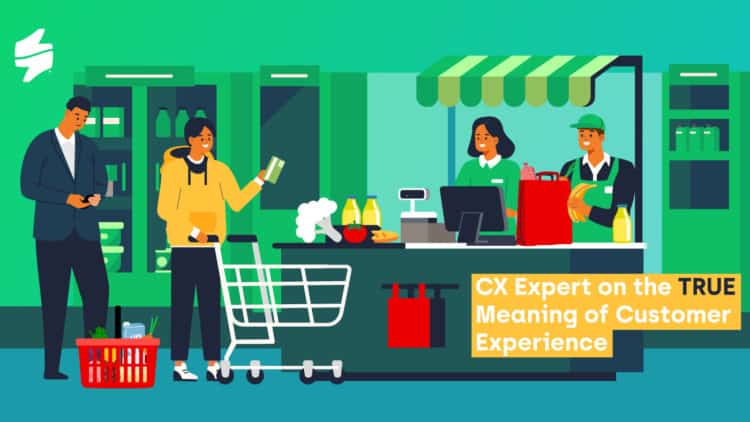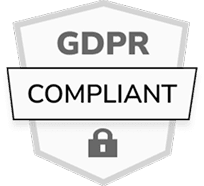To prevent bad feedback, companies should focus on delivering consistent service, setting clear expectations, and actively collecting feedback before problems escalate. Use tools that let you resolve issues early, such as real-time surveys, closed-loop feedback systems, and proactive communication.
Negative reviews can quickly tarnish a brand’s reputation, but many of these complaints could be avoided with proactive measures. By understanding the feedback loop meaning and implementing effective closed-loop feedback processes, you can address customer concerns before dissatisfaction escalates to public forums.

In this article, we highlight negative reviews examples, explain what makes a great customer experience, and offer actionable strategies to prevent negative reviews from harming your business. Let’s dive in!
What Makes a Great Customer Experience?
A great customer experience stems from seamless interactions, proactive support, and personalised solutions.
In order to prevent negative reviews, you need to step up your customer experience game. Why is customer experience important? CX is the foundation of brand loyalty and growth. It influences whether customers recommend your brand, return for future purchases, or voice complaints publicly. According to studies, a single negative review can deter 22% of potential customers, making proactive CX management essential.
Key elements of a great customer experience include:

1. Responsive Support
Quick resolutions to issues through live agents or AI response generators (not chatbots).
2. Empathy
Listening to and understanding customer frustrations.
3. Proactive Engagement
Capturing feedback early to resolve issues before they escalate—a process known as closing the loop.
Negative Reviews Examples That Could Have Been Prevented
1. Late Delivery Frustration
“I ordered a gift for my wife’s birthday, but it arrived a week late. No updates or apologies from the company!”
Prevention Strategy: Automated text or email updates could have informed the customer about the delay, paired with a small compensation offer, like a discount. Real-time closed-loop feedback tools can capture dissatisfaction and address it before customers turn to public reviews.
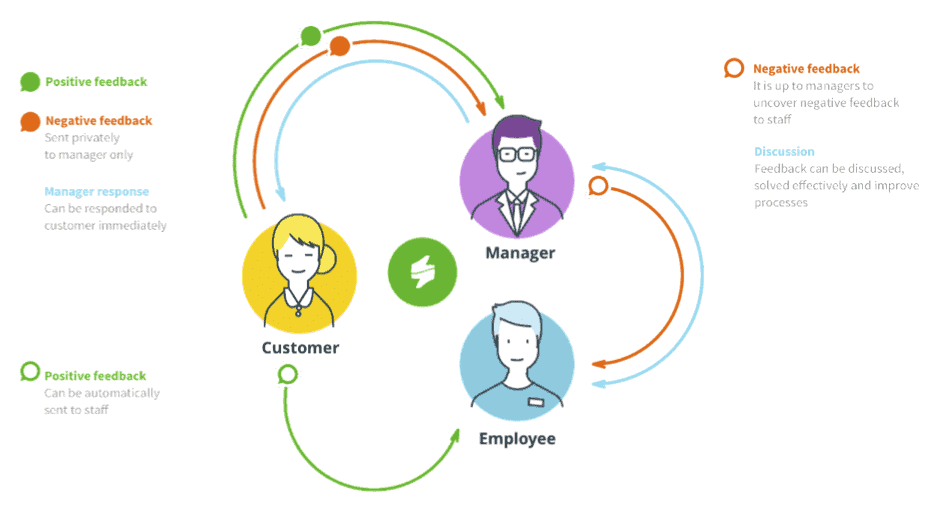
2. Misleading Product Descriptions
“The dress looked nothing like the photos online. I feel scammed!”
Prevention Strategy: Include accurate descriptions, high-quality images, and customer reviews on your product pages. Post-purchase customer surveys through platforms like Staffino can help collect immediate feedback about customer expectations versus reality.
3. Poor Chatbot Experience
“I tried using their chatbot, but it didn’t understand my issue and sent me in circles. Total waste of time!”
Prevention Strategy: Chatbots can frustrate customers if they lack proper functionality. Instead, implement an advanced AI feedback response generator. This AI tool doesn’t just respond—it understands. Powered by advanced AI technology, it meticulously studies sentiment and text to craft personalised replies with the precision of a human. But it doesn’t stop there. It also learns from each interaction, becoming more intelligent and efficient over time.
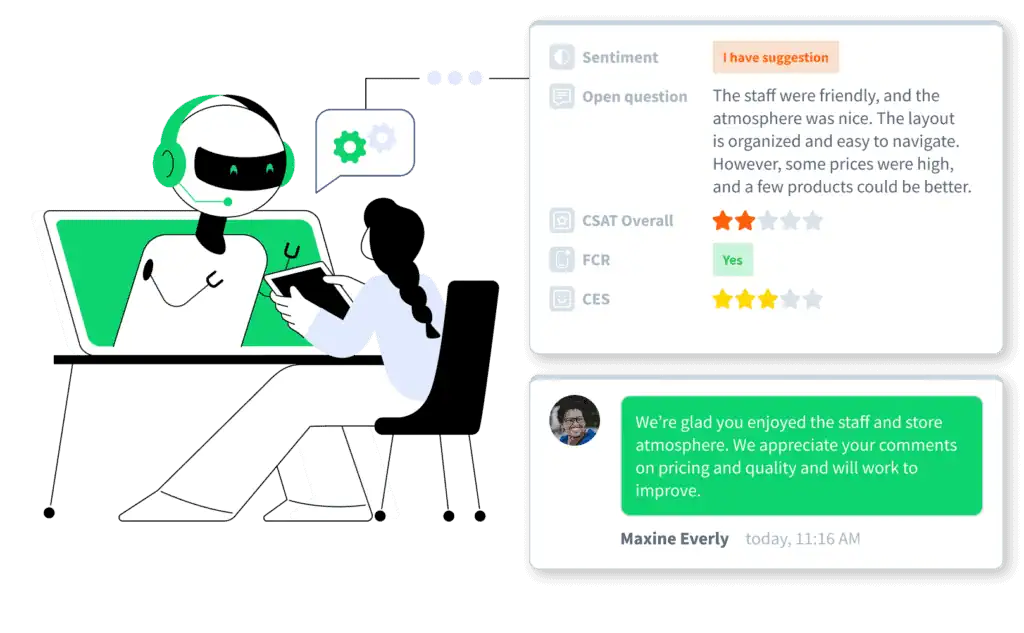
4. Rude Staff Interaction
“The cashier rolled their eyes at me when I asked a question. Unacceptable!”
Prevention Strategy: Invest in employee training and customer service career path development to foster a culture of excellence. A real-time feedback management platform like Staffino can instantly highlight specific staff behaviour needing improvement.
5. Ignored Customer Complaints
“I emailed their support team about a defective product but never got a response.”
Prevention Strategy: Implement a closed-loop feedback system to track and resolve every customer concern. Our CX platform ensures no feedback is overlooked, providing customers with timely follow-ups and solutions. It can even prioritise critical issues and flag them to allow for timely intervention.
6. Overcomplicated Returns Process
“It took me three phone calls and two emails to return a faulty product. Never shopping here again!”
Prevention Strategy: Simplify your return policies and communicate them clearly. Use feedback analytics platform to identify pain points in the process and streamline it based on customer suggestions.
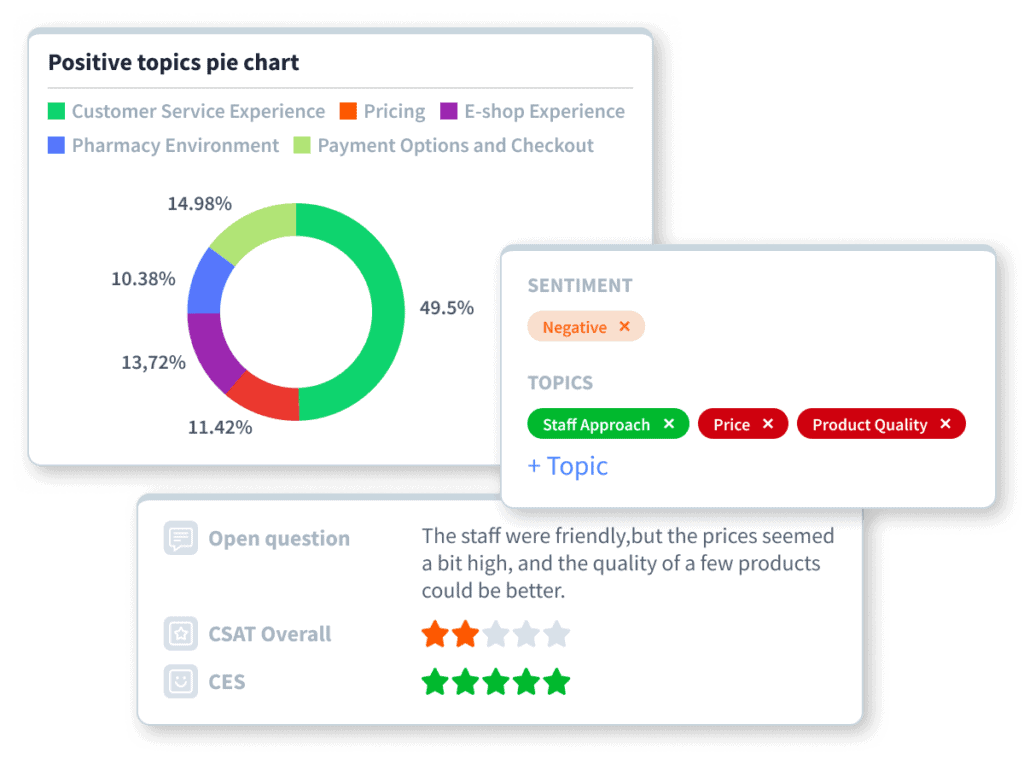
7. No Apology for Service Failures
“Our waiter forgot our order, and no one even apologised or acknowledged the mistake!”
Prevention Strategy: Train staff to take responsibility and offer immediate solutions for service failures. A customer experience management platform can gather insights about service lapses through QR codes placed on the restaurant tables, ensuring the reviews land in the right hands and that proactive improvements can be made—all without damaging your online reputation.
The Role of Feedback Tools in Preventing Negative Reviews
Negative reviews often stem from a breakdown in the feedback loop, where businesses fail to capture and act on customer concerns in real time.
Here’s how you can improve the process of capturing customer feedback before it reaches public platforms:
1. Capture Feedback Early
Use tools like Staffino to collect feedback at every customer touchpoint right after the customer’s interaction with your business.
2. Analyse and Prioritise
Identify recurring issues and prioritise them for resolution. To streamline the process of manual analysis, which can take a lot of time and effort, use AI tools to analyse topics and sentiment in customer feedback.
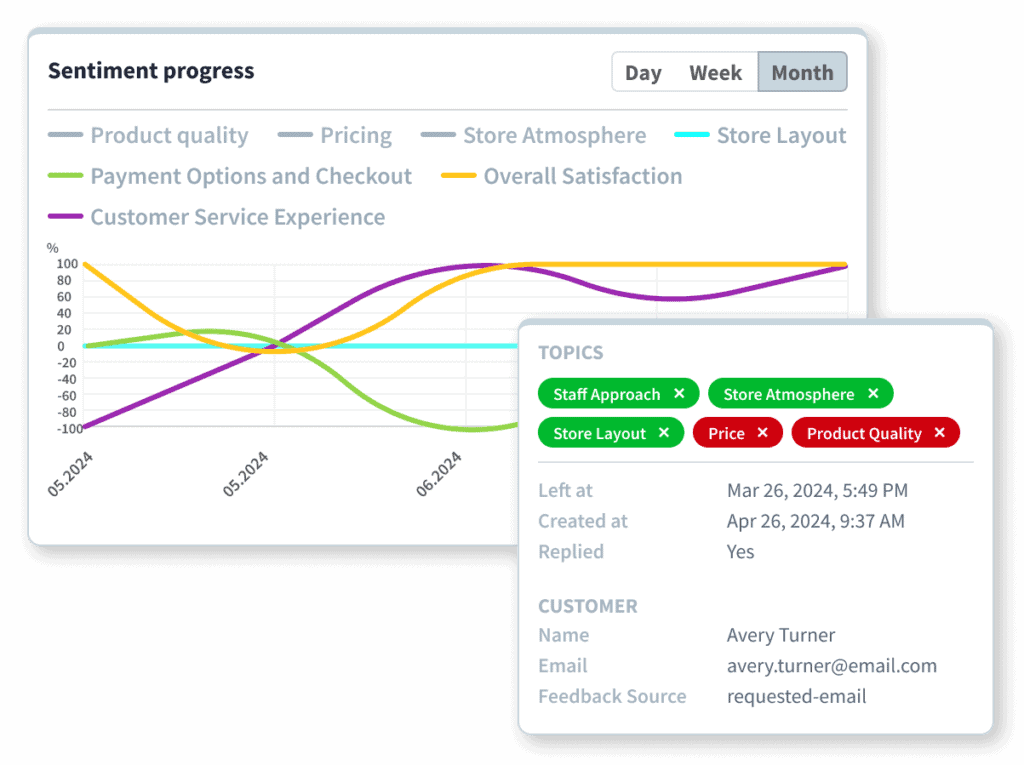
3. Close the Loop
Respond promptly to feedback, informing customers of the actions taken to resolve their concerns.
How Staffino Helps Prevent Negative Reviews
Staffino’s advanced CX platform is designed to help businesses capture, analyse, and act on feedback before it turns into public criticism. Here are the key features:

- Real-time feedback collection: Gather insights from customers at critical moments.
- AI feedback analysis: Identify sentiment trends and prioritise pressing issues.
- Closed loop feedback management: Ensure that no concern goes unresolved.
- Proactive alerts: Receive notifications when customer satisfaction dips, enabling immediate action.
- Churn analytics: Use churn data analysis to identify customers at risk of leaving and win them back.
With Staffino, you can foster stronger relationships with your customers while mitigating the risk of negative online reviews.

Get Actionable Insights with Closed Loop Feedback Management
With Staffino, you'll never leave a customer unhappy again! Streamline the process of collecting and responding to feedback, identify areas of improvement, and make sure that customer issues are addressed quickly and effectively.
How to Improve Customer Experience and Prevent Negative Reviews
1. Engage Early
Proactively ask for feedback through surveys and follow-ups.
2. Train Your Employees
Foster a culture of accountability and empathy through professional development.
3. Leverage CX Technology
Tools like AI feedback responders can help automate responses while maintaining a human touch.
4. Monitor Trends
Use analytics to track recurring issues and make informed improvements.

Turn Negative Reviews into Opportunities with Staffino
Preventing negative reviews is all about being proactive, responsive, and customer-focused. By understanding the common causes of dissatisfaction and using tools like Staffino, you can not only avoid public complaints but also foster long-term customer loyalty.
When you prioritise closing the loop and improving customer experience, you turn potential setbacks into opportunities to grow and enhance your brand. Ready to prevent negativity before it escalates? Let Staffino guide you to a more proactive and customer-centric future.

Get a First-Hand Experience Today!
Staffino is the perfect tool for creating engaging surveys, tracking performance, responding to customer feedback, and rewarding top employees. Get started today with our FREE demo!
FAQ
Negative customer reviews are public complaints or low ratings about a product, service, or overall experience. They often highlight poor service, delays, or unmet expectations.
Prevent negative reviews by resolving issues early, offering support at key touchpoints, asking for feedback privately, and using customer experience tools to monitor satisfaction in real time.
Respond quickly, stay professional, apologise if needed, and explain how you’ll fix the issue. Invite the customer to continue the conversation privately when possible.
Address the feedback openly, fix the root cause, follow up with the customer, and monitor patterns to prevent future issues. Don’t ignore or delete them unless they violate platform guidelines.
Examples include:
“Customer service never replied.”
“Product arrived damaged and late.”
“Long wait time, rude staff.”
These reflect service breakdowns that need to be addressed.
Be honest and specific. Describe what went wrong, include relevant details, and avoid personal attacks. Keep the tone respectful to encourage a helpful response.
Mention the issue, when it happened, and how it affected you. For example: “I contacted support twice with no response. It delayed my order by a week.”
Platforms like Staffino let you collect private feedback, detect issues early, and respond before a public review is posted. Features include closed-loop feedback management and sentiment alerts.
Most platforms won’t remove reviews unless they violate terms (e.g. spam, offensive content). Instead, respond constructively and show how you’ve resolved the issue.





